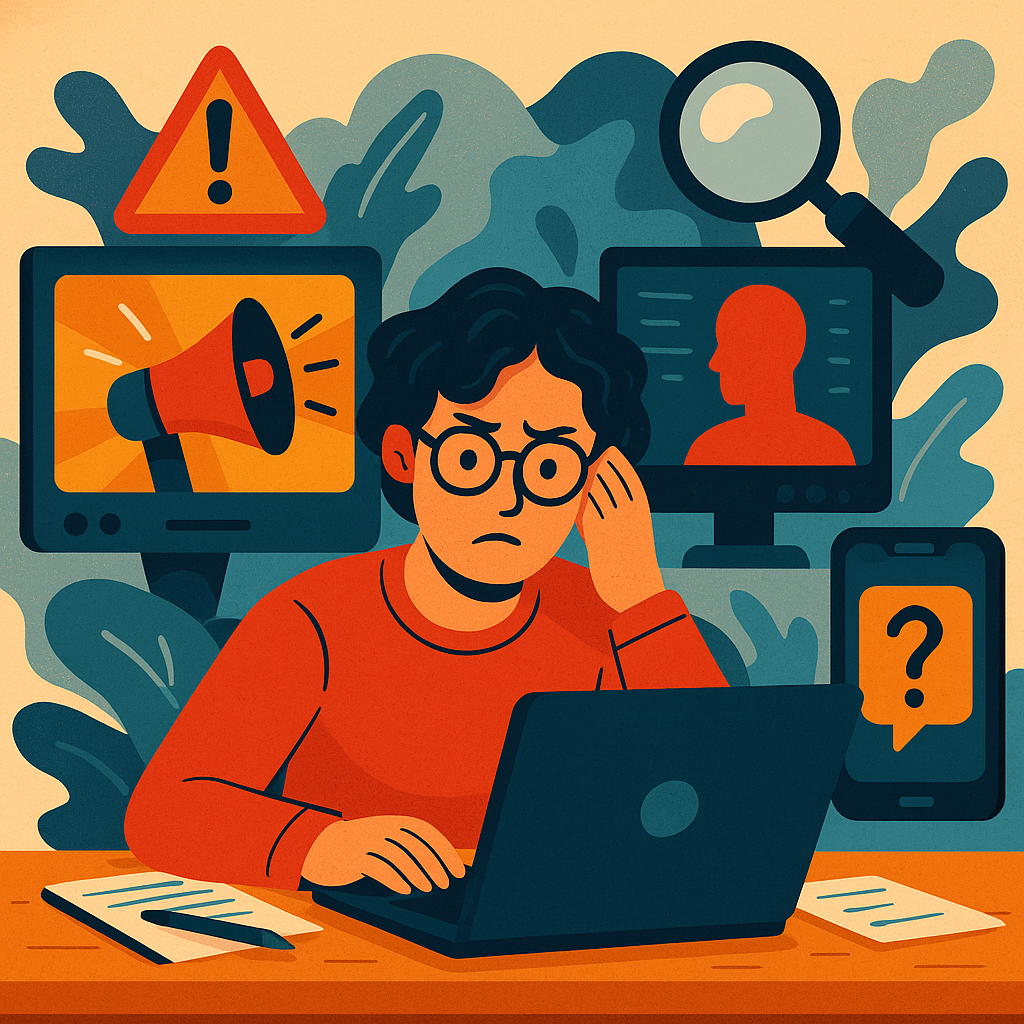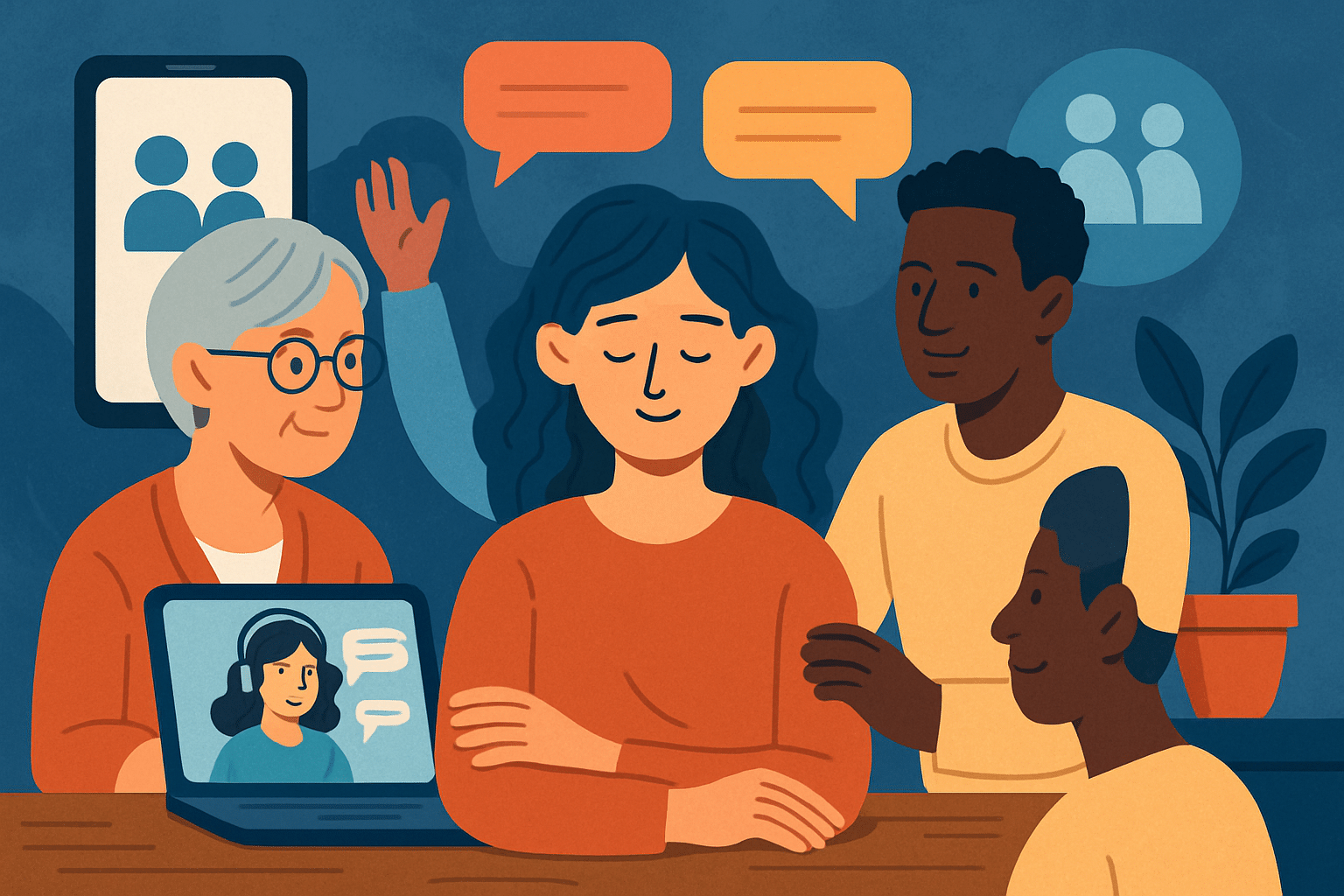In an era where misinformation spreads at lightning speed, critical media literacy is no longer a luxury—it’s a necessity. With the dominance of social media platforms, artificial intelligence-generated content, and targeted information warfare, individuals must now equip themselves with the tools to navigate a digital world teeming with persuasive but potentially harmful messages.

What is Critical Media Literacy?
Critical media literacy goes beyond just understanding how to read or watch media. It includes:
- Analyzing messages: Understanding who created the content, for what purpose, and what point of view is being promoted.
- Evaluating credibility: Determining whether sources are reliable or biased.
- Understanding power structures: Who benefits from the spread of certain information and who might be harmed?
Unlike traditional media literacy, which teaches how to consume media wisely, critical media literacy emphasizes skepticism and encourages active questioning of media messages and motives.
Why It’s Crucial in 2025
As of 2025, the challenges posed by misinformation and digital manipulation are unprecedented:
1. Explosion of Deepfake Technology
Deepfakes—AI-generated videos that convincingly replicate someone’s appearance and voice—are being used to spread political misinformation, commit fraud, and ruin reputations. This technology has evolved to the point where the untrained eye often cannot tell a fake from reality. In such an environment, critical media literacy is essential to questioning the authenticity of digital content before accepting it as truth (Wikipedia 2025).
2. Health Misinformation on Social Media
A 2025 study revealed that over half of the most-watched mental health TikToks were filled with inaccurate or misleading advice. This can lead to dangerous self-diagnoses and reliance on non-professional sources for serious health conditions (The Guardian 2025a). Teaching youth how to critically evaluate health content is a top priority for educators and policymakers.
3. Geopolitical Risks
In May 2025, social media posts containing doctored images and misleading videos exacerbated tensions between India and Pakistan. The spread of misinformation nearly escalated into military conflict, showcasing just how high the stakes can be when false information is believed at scale (The Guardian 2025b).
Critical Media Literacy in the Classroom
The education sector has started to respond to this urgent need. Across the United States, state boards of education are integrating critical media literacy into school curricula. These programs include:
- Teaching students how to fact-check news stories using tools like Snopes and Media Bias/Fact Check.
- Encouraging students to analyze media for tone, framing, and bias.
- Lessons on the history of propaganda and its modern iterations.
According to the National Association of State Boards of Education, these initiatives aim to foster not only better information consumers but also active citizens who understand the media’s role in shaping democracy (NASBE 2025).
Building a Culture of Inquiry
Instead of accepting information at face value, students are taught to ask questions like:
- Who made this?
- What is this trying to sell me?
- What’s left out of this message?
- How could different people interpret this differently?
These questions help build critical thinking skills that extend beyond media into everyday decision-making and civic engagement.
Digital Literacy and Democracy
A functioning democracy depends on a well-informed public. The European Parliament emphasized that misinformation undermines trust in democratic institutions and can manipulate public opinion to serve undemocratic interests (European Parliament 2025). Media literacy has therefore become a civic skill on par with voting and volunteering.
Governments are now pushing public campaigns to raise awareness of fake news, deepfakes, and algorithmic bias. In some cases, misinformation has led to anti-vaccine sentiment, election distrust, and even public violence. Combating this requires more than fact-checking—it requires education that promotes skepticism, empathy, and accountability.
Critical Media Literacy for Adults
While schools are addressing the youth, adult populations remain highly vulnerable to disinformation. Initiatives like public library programs, community college courses, and online certifications have emerged to fill the gap. Topics often include:
- How algorithms shape the content you see.
- Identifying credible vs. fake news sites.
- Understanding confirmation bias and echo chambers.
In 2025, being an informed adult means being digitally literate. Media manipulation can influence financial decisions, health choices, and even how one votes. Without critical media literacy, adults risk falling into traps set by malicious actors online.
The Role of Big Tech
Technology companies bear significant responsibility in this new information landscape. Platforms like YouTube, Facebook, and TikTok are under increasing pressure to label or remove misleading content. Some have introduced tools to help users verify content, such as context boxes or “verified” tags.
However, these efforts often fall short. The complexity of modern misinformation—particularly when it’s emotionally charged or comes from trusted sources—means that user education is more effective than censorship alone.
Tech experts suggest that integrating critical media literacy tools directly into platforms (such as rating the credibility of a source or offering context about a trending video) could help guide user behavior more constructively (Mozilla Foundation 2024).
The Future of Critical Media Literacy
As artificial intelligence becomes more advanced, the challenge of distinguishing truth from fiction will only grow. AI tools are already being used to write news stories, generate images, and even simulate voices. While these can be used ethically, bad actors can exploit them for scams, political propaganda, or misinformation.
Future educational programs will need to address:
- AI-generated content detection.
- Ethical content creation.
- Legal boundaries around manipulated media.
Emerging fields like digital ethics and AI literacy will likely become integral parts of critical media literacy education.
Conclusion
Critical media literacy is no longer optional—it’s vital. In 2025, it serves as the first line of defense against misinformation, manipulation, and societal discord. Whether in schools, homes, or the halls of government, fostering a critical mindset when engaging with media is the key to a healthier, more informed, and more democratic society.
References
- The Guardian. (2025a, May 31). More than half of top 100 mental health TikToks contain misinformation, study finds. Available at: https://www.theguardian.com/society/2025/may/31/more-than-half-of-top-100-mental-health-tiktoks-contain-misinformation-study-finds (Accessed: 2 June 2025).
- The Guardian. (2025b, May 28). How social media lies fuelled a rush to war between India and Pakistan. Available at: https://www.theguardian.com/media/2025/may/28/how-social-media-lies-fuelled-a-rush-to-war-between-india-and-pakistan (Accessed: 2 June 2025).
- Wikipedia. (2025). Deepfake. Available at: https://en.wikipedia.org/wiki/Deepfake (Accessed: 2 June 2025).
- National Association of State Boards of Education (NASBE). (2025). States Increase Focus on Critical Media Literacy Skills. Available at: https://www.nasbe.org/states-increase-focus-on-critical-media-literacy-skills/ (Accessed: 2 June 2025).
- European Parliament. (2025). Media literacy: Fostering a key civic skill in a digital information environment. Available at: https://www.europarl.europa.eu/thinktank/en/document/EPRS_BRI%282025%29772886 (Accessed: 2 June 2025).
- Mozilla Foundation. (2024). Improving media literacy through browser design. Available at: https://foundation.mozilla.org (Accessed: 2 June 2025).






